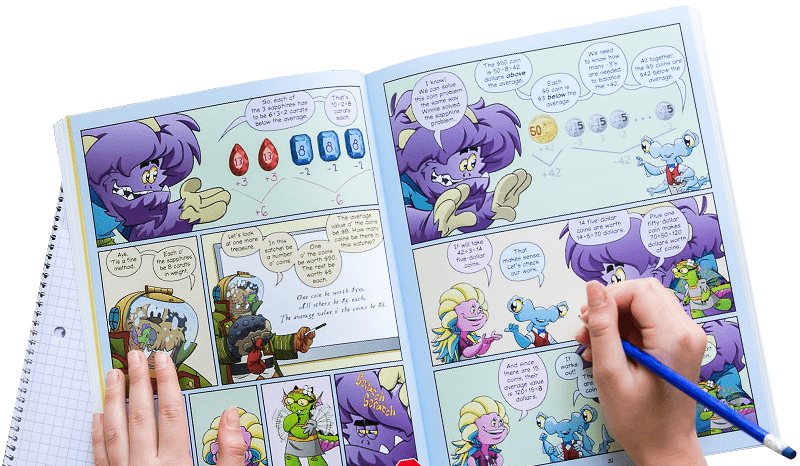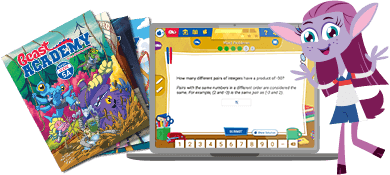Blind Heist
Secretly divide your tokens into three vaults, then count and compare. The higher number wins.
Instructions
Each player gets 10 tokens. Use poker chips, coins, checkers, crackers—anything stackable will work. Draw lines on a piece of paper to split it into three parts, or "vaults." Set up a divider between players so you can place your tokens without your opponent seeing.

Each round, stack your tokens into the three vaults. You might try to split your tokens somewhat evenly, in piles of 3, 3, and 4. Or you could choose to put 8 tokens in the middle and only 1 on each side, or put all of your tokens in one pile. Once everyone has arranged their tokens, remove the divider to count and compare. Whichever player has more tokens stacked in each vault gets a point. (If the stacks are equal in a vault, players tie and no point is awarded for that vault.) In the example below, Blue gets two points for having more tokens in the first and third vaults, and Red gets a point for having more tokens in the middle vault.

After three rounds, the player with the most points wins the game!
Let your child count the piles, compare, and keep score.
For older players, help them try different strategies by asking questions: "Do you think I would win if I put all my tokens in one pile?" or "What if I split them up pretty evenly?" Look for opportunities to ask for predictions. If Blue wins the first two vaults that are compared, ask, "I wonder who is going to win the last vault." (Because each player has 10 tokens to distribute, it is impossible for one player to have more tokens in all three sections.)
For the youngest math beasts, consider playing just a single round, and don't worry about strategy. Counting and comparing are important skills in their own right.
Don't forget: it's Beast Academy Playground, not Beast Academy Study Hall. Change the rules, be silly, make mistakes, and try again. The Variations and Learning Notes are here for you if you want to dive deeper, but not all of them apply to learners of every age. The most important thing is to have fun.
What do you think of this activity?
We're always looking to improve. Submit your feedback to us below.
- paper
- pencil
- 20 tokens
- counting
- comparison
- strategic thinking
- MP1
- K.CC.B.5
- K.CC.C.6
- K.CC.C.7
- 1.OA.C.5

Ready to level up?
Keep problem solving with Beast Academy’s full math curriculum for students ages 6–13. Check out our captivating comic book series and immersive online platform.
LEARN MOREBring problem-solving to your classroom
Keep your entire class engaged with a full book and online math curriculum, for students ages 6–13. 98% of teachers say they’re satisfied with Beast Academy.
LEARN MORE



Ready to level up?
Keep problem solving with Beast Academy’s full math curriculum for students ages 6–13. Check out our captivating comic book series and immersive online platform.
LEARN MOREBring problem-solving to your classroom
Keep your entire class engaged with a full book and online math curriculum, for students ages 6–13. 98% of teachers say they’re satisfied with Beast Academy.
LEARN MORE
Sign up to be notified when new videos are released.















































